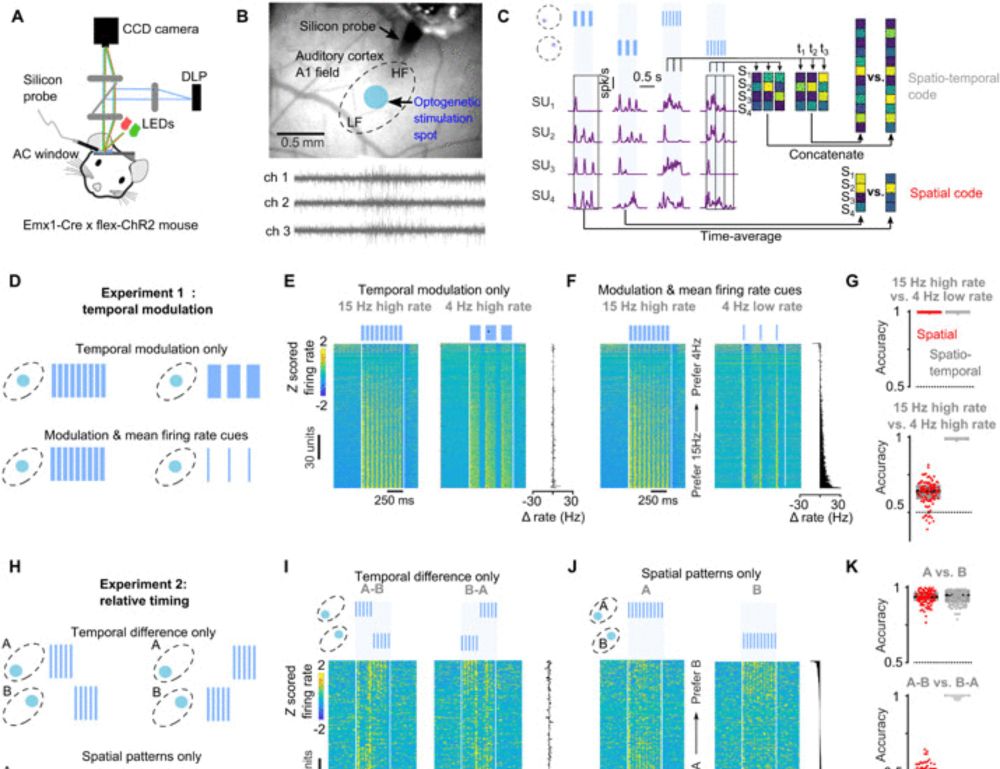tinyurl.com/3amwj39w

tinyurl.com/3amwj39w
www.biorxiv.org/content/10.1...
www.biorxiv.org/content/10.1...
tinyurl.com/3y2nvpr9

tinyurl.com/3y2nvpr9
www.nature.com/articles/s41...
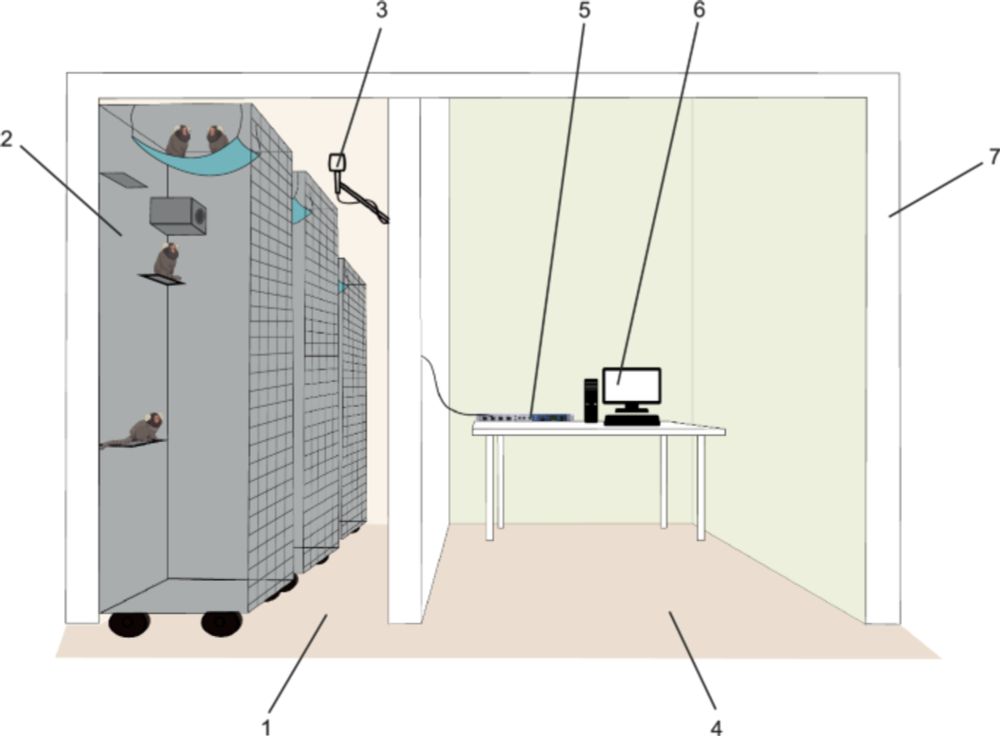
www.nature.com/articles/s41...
Neuropixels Opto
Combining high-resolution electrophysiology and optogenetics
Today in bioRxiv
960 sites, 28 emitters, 2 colors
By Lakunina, @karolinazsocha.bsky.social, Ladd, et al
www.biorxiv.org/content/10.1...
(1/2)
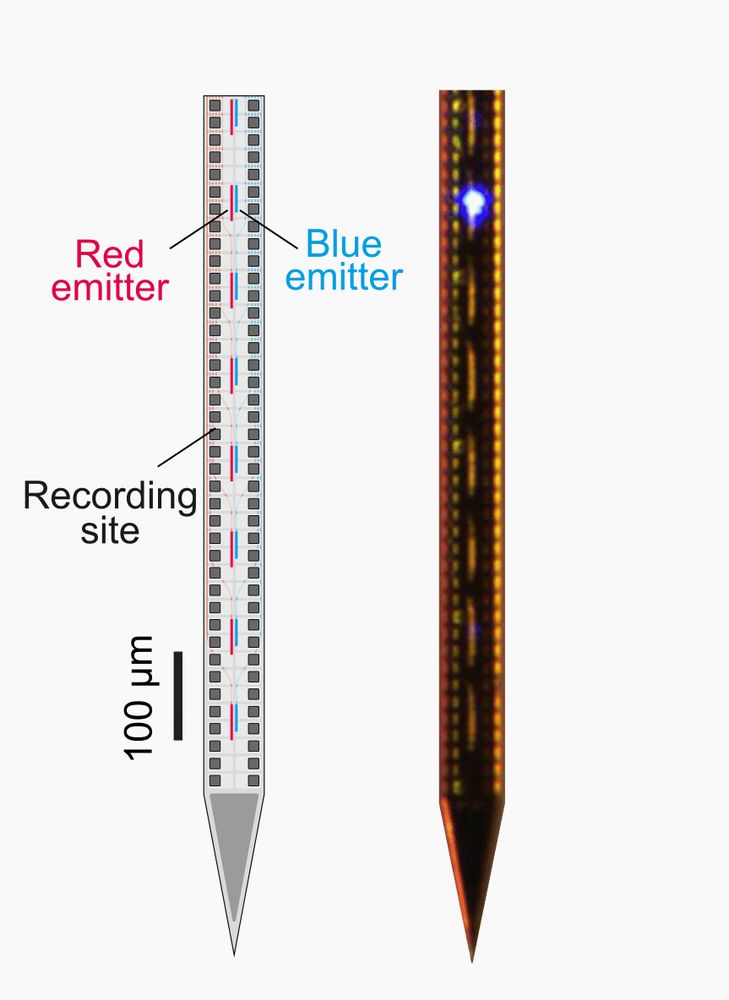
Neuropixels Opto
Combining high-resolution electrophysiology and optogenetics
Today in bioRxiv
960 sites, 28 emitters, 2 colors
By Lakunina, @karolinazsocha.bsky.social, Ladd, et al
www.biorxiv.org/content/10.1...
(1/2)
Visual experience orthogonalizes visual cortical responses
Training in a visual task changes V1 tuning curves in odd ways. This effect is explained by a simple convex transformation. It orthogonalizes the population, making it easier to decode.
10.1016/j.celrep.2025.115235
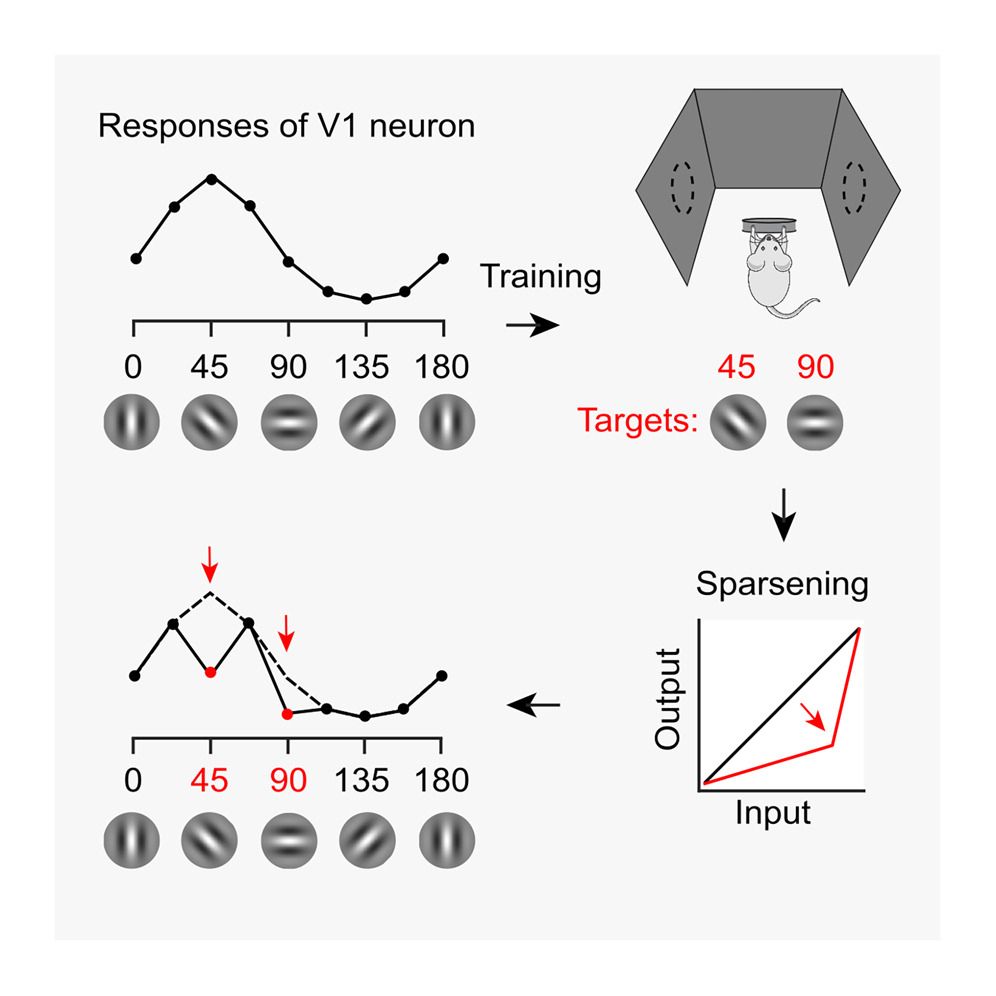
Visual experience orthogonalizes visual cortical responses
Training in a visual task changes V1 tuning curves in odd ways. This effect is explained by a simple convex transformation. It orthogonalizes the population, making it easier to decode.
10.1016/j.celrep.2025.115235

www.nature.com/articles/s41...
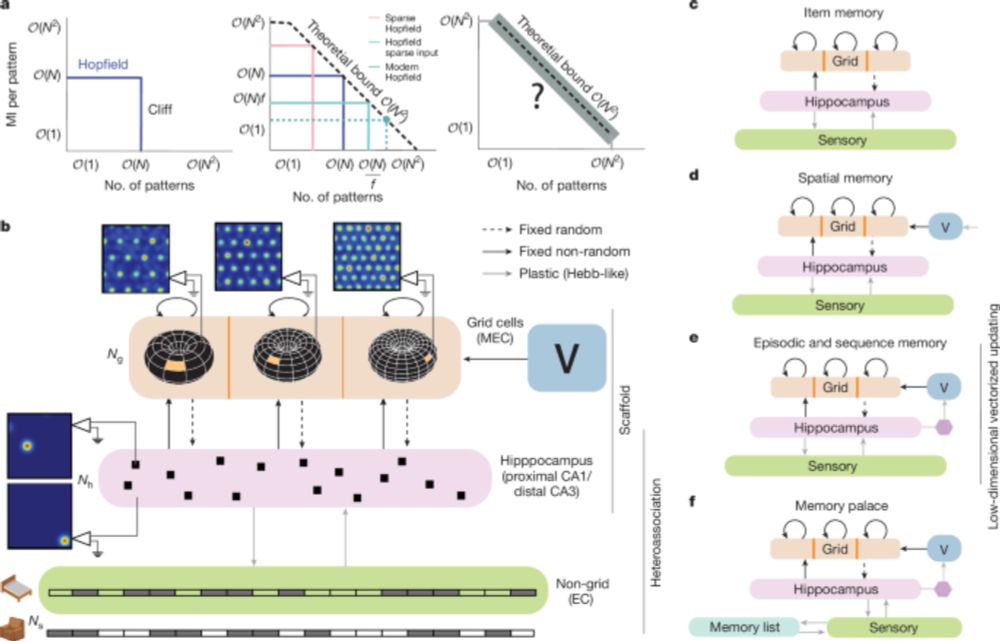
www.nature.com/articles/s41...
@aaronbatista.bsky.social and colleagues
www.nature.com/articles/s41...
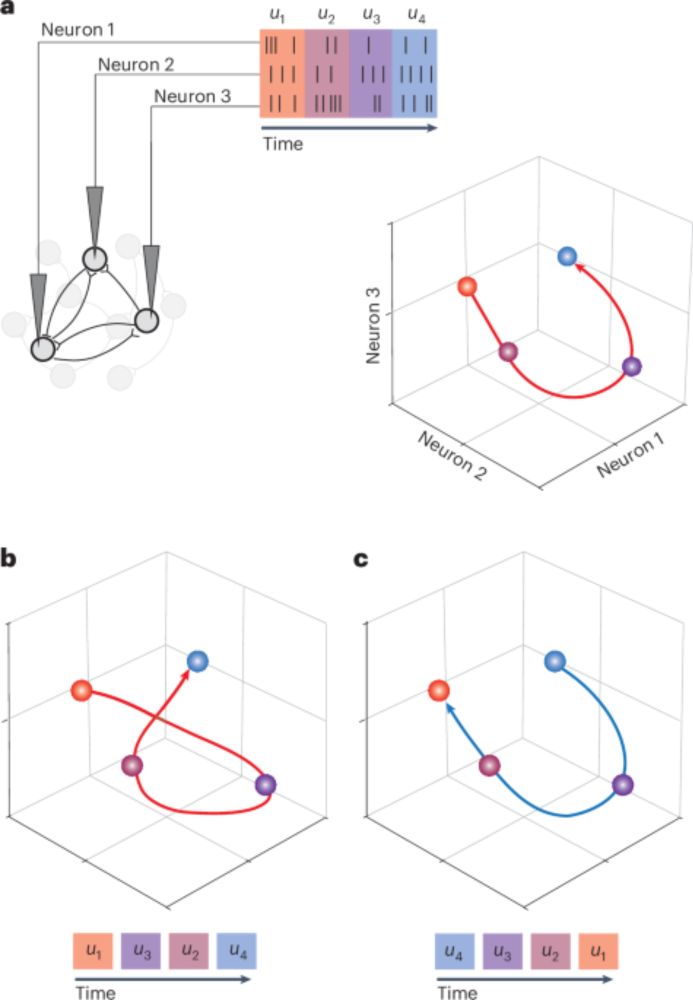
@aaronbatista.bsky.social and colleagues
www.nature.com/articles/s41...

